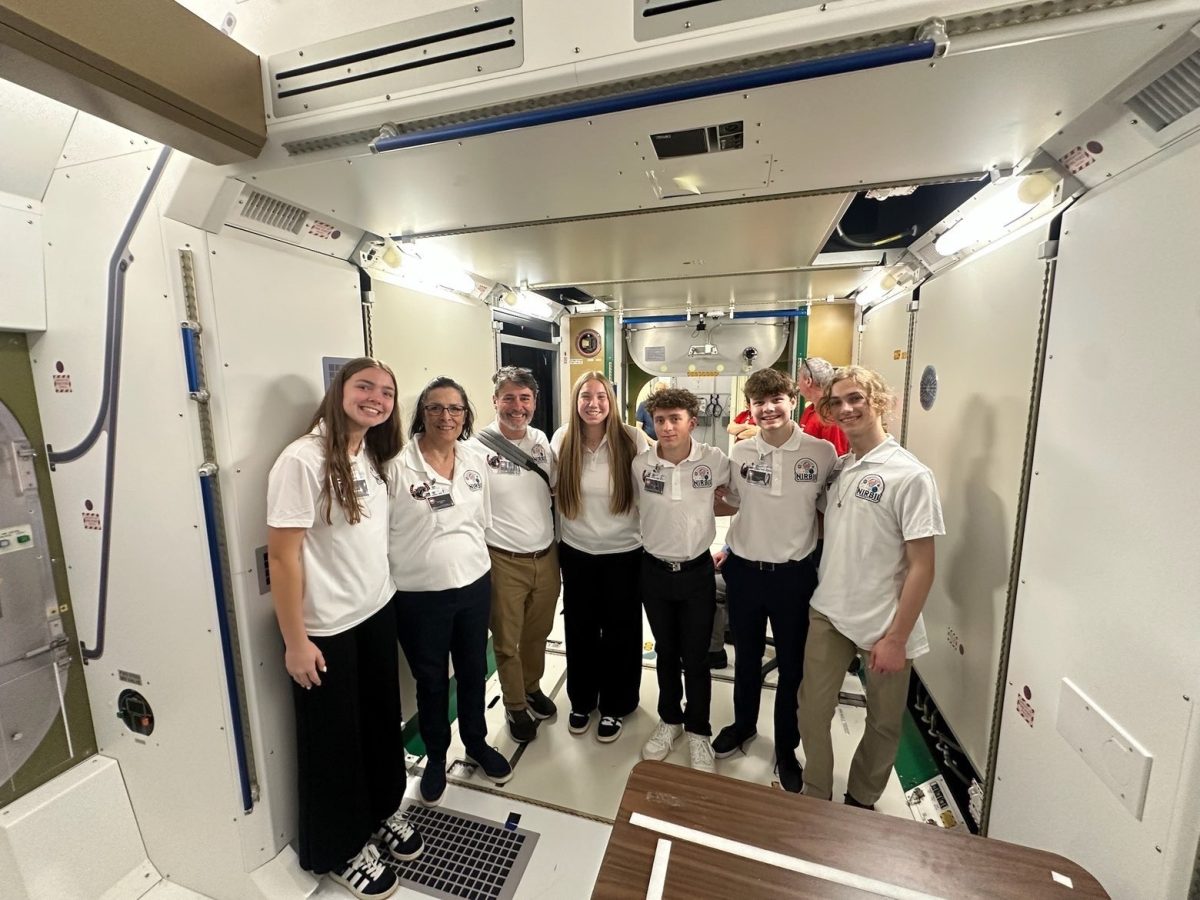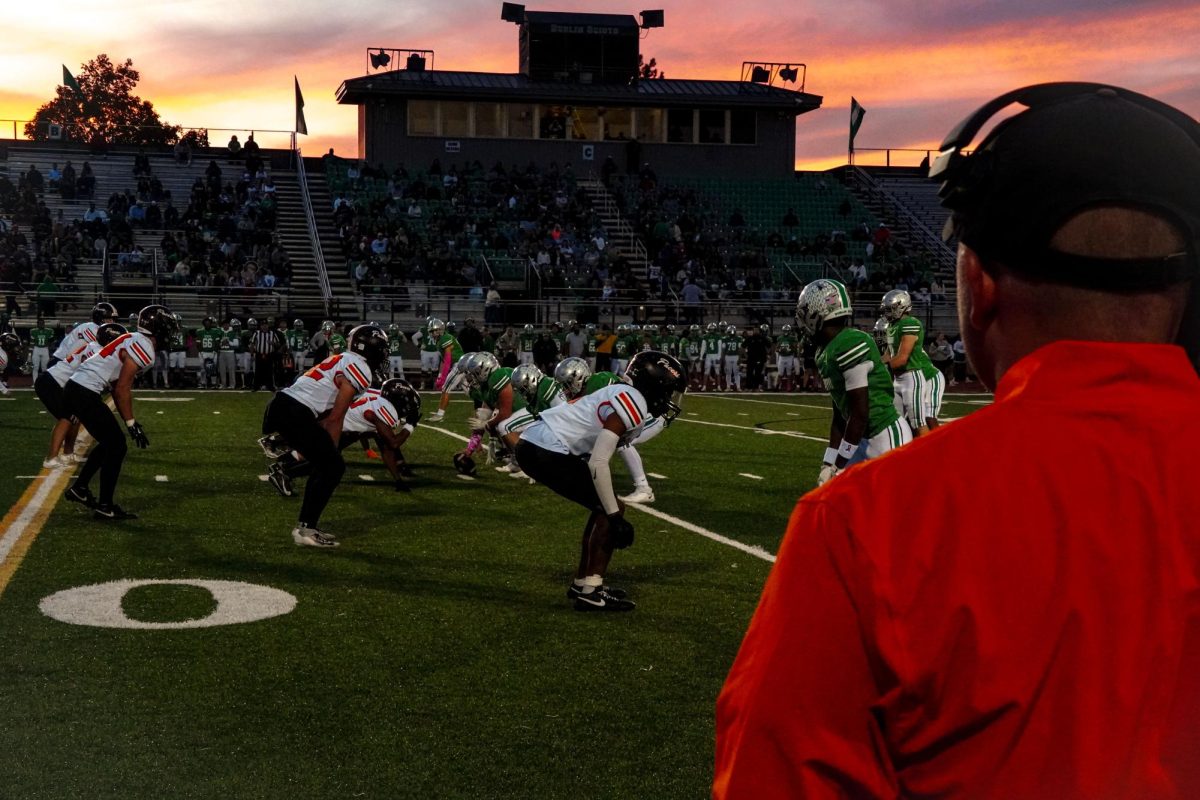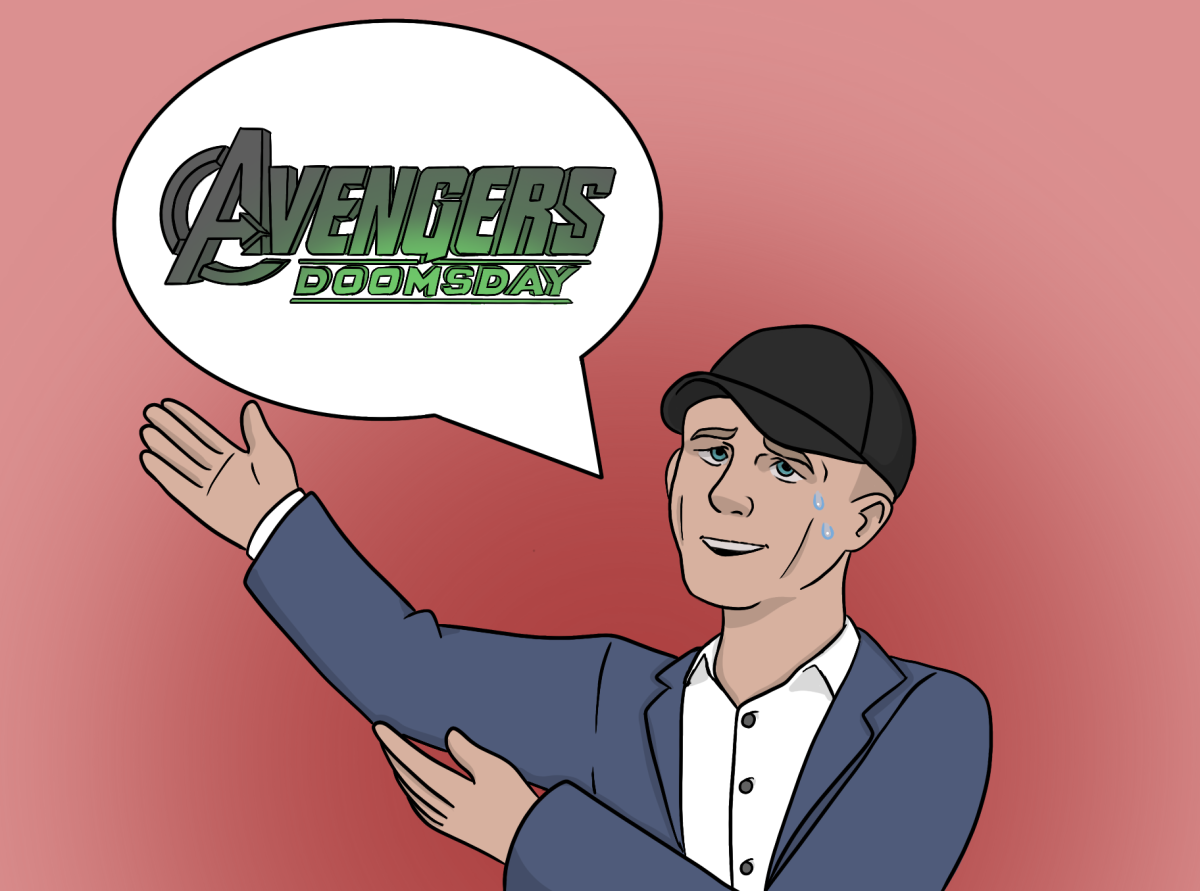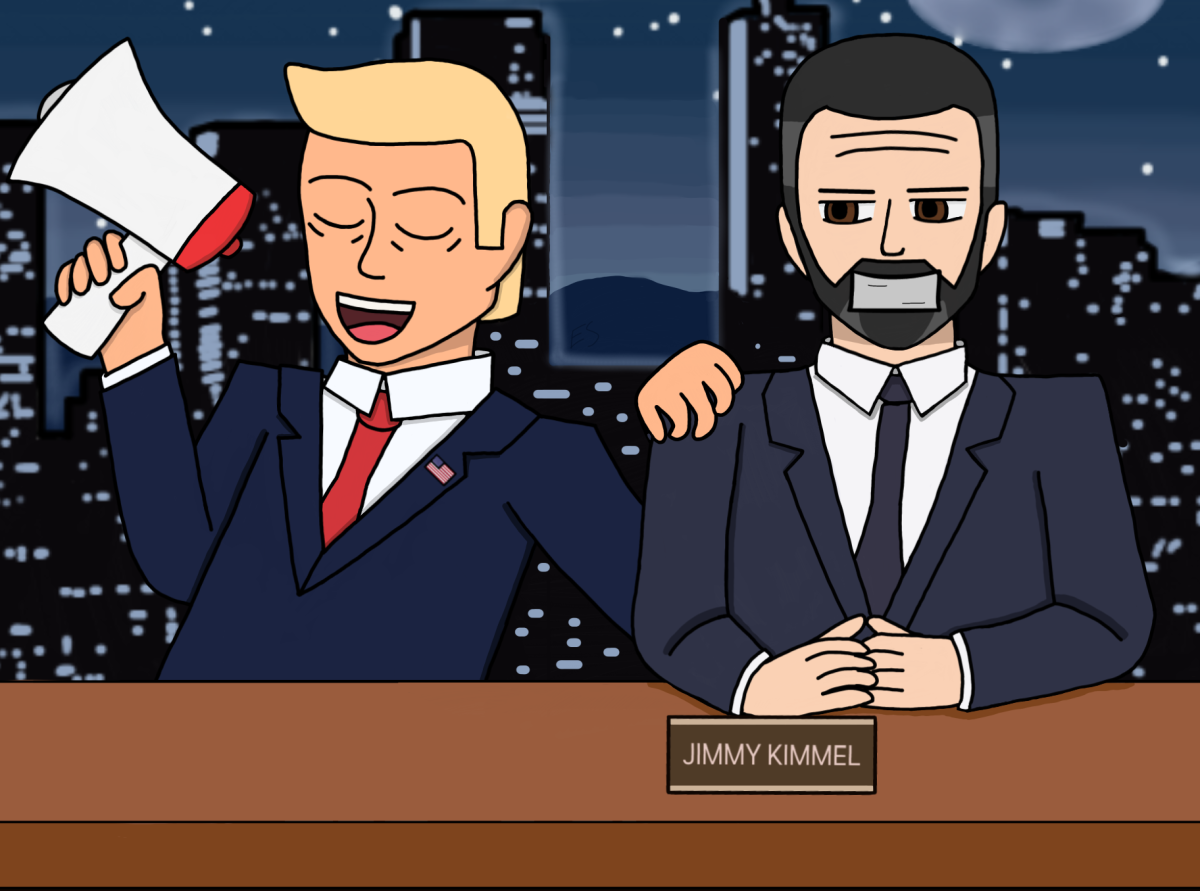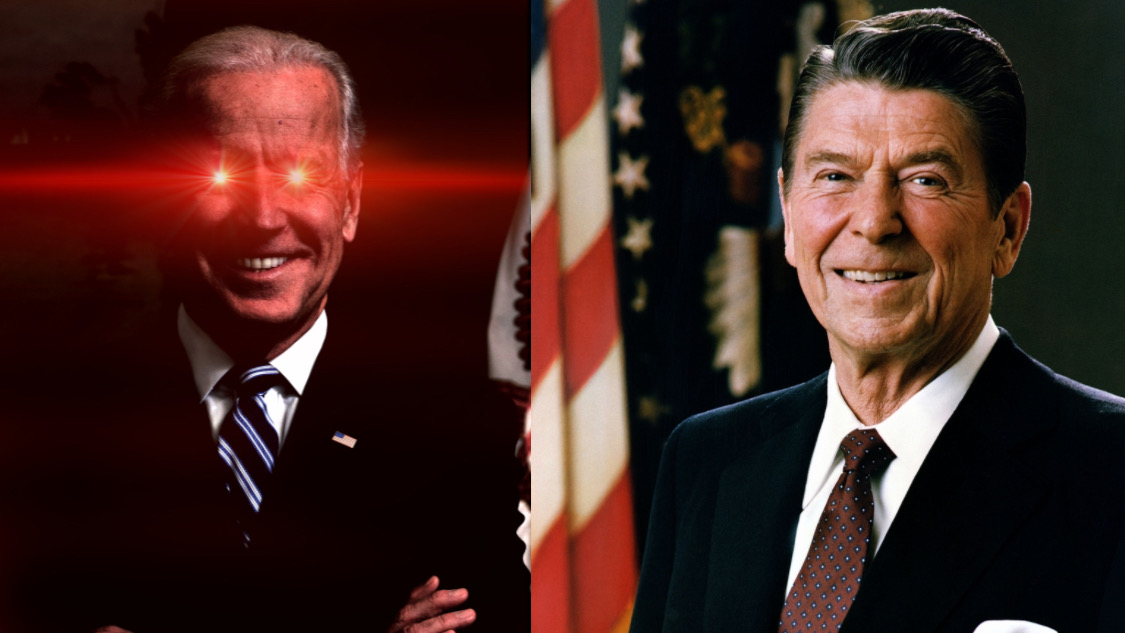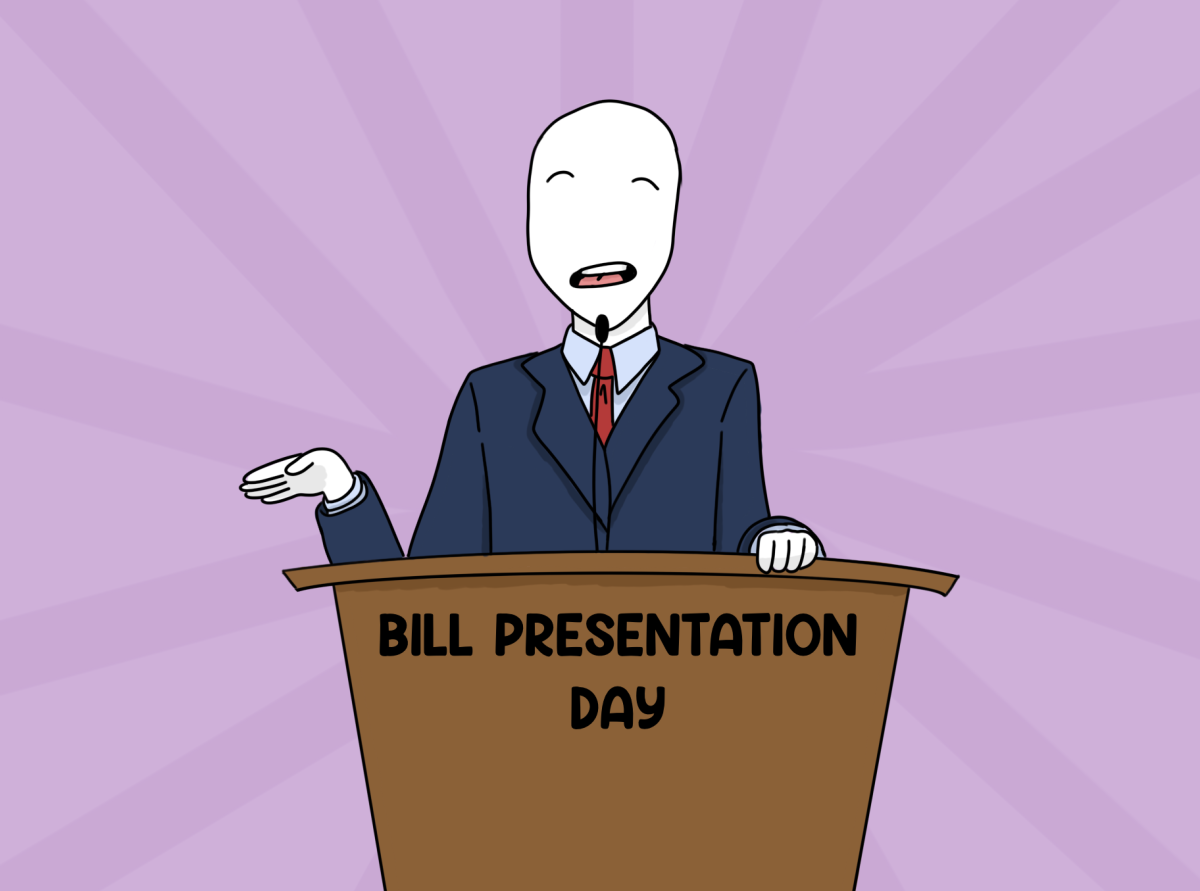It is hard to believe that the America of the 1980s was a time of prosperity, blossoming government programs aiding the working class and overall economic growth.
It is hard to believe because it wasn’t.
At the end of the Jimmy Carter administration, an administration which focused most of its efforts on combating inflation, many Americans were tired of the Democratic party’s slow drift towards the center as welfare programs were suspended and an energy crisis loomed. Carter ultimately placed responsibility for a lackluster economy on the backs of the working class, creating initiatives to bolster the skilled labor market and cutting taxes significantly.
However, the damage was already done. The price of oil increased to an untenable standard, and the middle class, the majority of voters, were desperately in need of a policy change. One which would upend the role of the federal government in American society forever.
What Is Reaganomics?
In the early 1980s, a newly elected President Ronald Reagan and his doctrine of Reaganomics took center stage, promising decreased inflation and more money funneled back into the economy.
Yet, while Reagan’s method of doing so, “trickle down” theory, decreased the effects of inflation, the wealth gap between lower and upper class Americans increased. Trickle-down economics relies on the good will of the already rich and powerful, where instead of taxing those who can afford the extra burden to supply resources for mutual aid and welfare nets, money remains with the wealthy and government programs suffer.
Tax cuts benefited the middle class for a short period of time, investing more money into the individual rather than the collective. Fans of Reaganomics enjoyed lower rates of unemployment, dwindling energy costs and falling interest rates on long term investments. For the working suburbanite, Reaganomics was revolutionary in defining the future of federal monetary policy and garnered immense support among both economists and everyday taxpayers.
Meanwhile, for those living in school districts with a majority of students on free or reduced lunch plans, or for those dependent on food stamps, the introduction of Reaganomics was the beginning of a decades long battle to preserve the dignities of communities who are historically underprivileged.
Low income families reliant on government welfare programs because of disability or other qualifying factors were the first victims of an unrestrained capitalist beast. Echoing sentiments of today’s Republican party, Reagan advocated for the complete abolition of key government agencies like the Department of Education, called for an end to free tuition to public universities and cut social security benefits for people with disabilities who were supposedly loafing instead of getting a job.
These attacks on the education system and the lower class instigated higher rates of poverty, which remained at a steady rate of roughly 13% before reaching 15% during the Reagan administration. The number of people classed as poor also rose from 29 million to 35 million, an increase of 6 million people between 1980-1983 who underwent harsh financial struggle during the first three years of Reaganomics’ implementation.
Reaganomics originally began as an attempt to redefine how the federal government functions within society, yet ended as a blatant stripping of the government’s inherent abilities to assist those in need.
However, the lingering effects of Reagan’s great deconstruction remain, and America is only just beginning to reconcile the damage that was caused.
Biden’s Solution and Today’s Reagans
At the coattails of a tumultuous Trump presidency, many Americans breathed a sigh of relief as new President-elect Biden was sworn into office and promised to reverse many of Trump’s poor decisions, most of which were rooted in Reaganomics.
Biden dubbed this process of reversing the damage of the Trump presidency “Bidenomics.” In contrast to Reagan’s top-down approach, Biden’s plan aimed at building the working class up from the bottom. By making investments into public resources such as climate-sensitive infrastructure and affordable health care, inflation has been reduced to approximately 3%, its slowest pace in two years.
However, conservative talking heads and even candidates at the 2023 Republican presidential debate have called for the reinstatement of Reagan-era policies to battle a nonexistent struggle with democrat-provoked inflation.
As economic policy shifts with public need, it becomes more evident that what once succeeded for roughly 21% of the population will not aid the majority working class in combating corporate greed. In a post trickle down society, the effect of Republicans’ capitalist nepotism lingers in today’s workers strikes, school closings and public health crises.
It is clear that some are not ready for the worker to wield power within American society, clinging to the gospel of an age wrought with some of the same issues that continue to plague the modern day.
Biden’s dismantling of Reaganomics, though flawed, is the first step in a shift towards an America where education is valued, groceries won’t drain the bank account and healthcare is ensured for every person.
But there’s a long way to go until then, and for those stuck in the ‘80s, at least there’s still something to be proud of.




